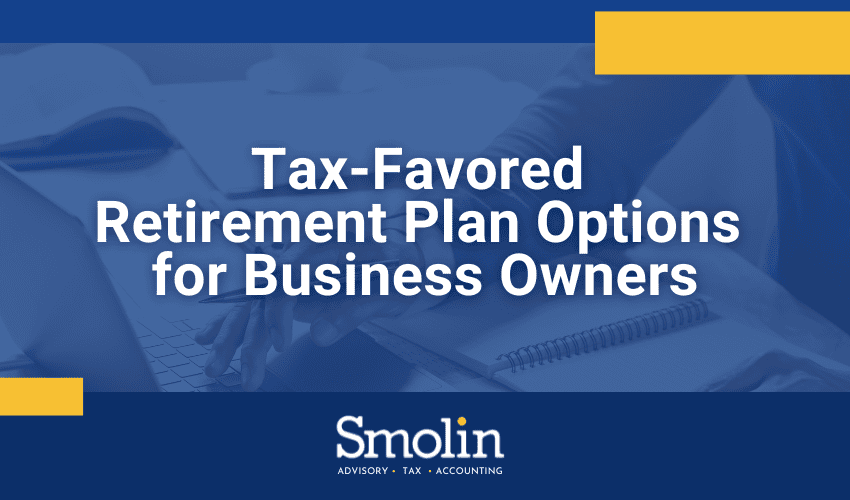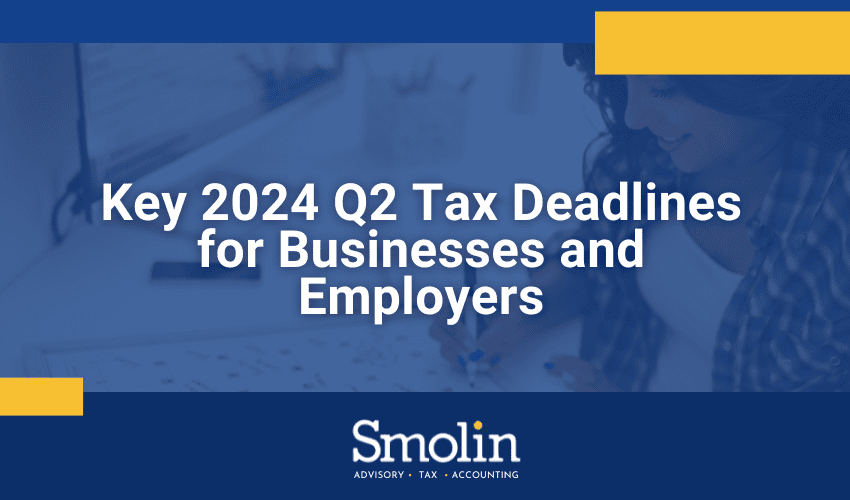A great option for homebuyers can be to live in their new home and then turn their old house into a rental. As of March 2024, the Zumper National Rent Report found that average monthly rents for one- and two-bedroom apartments rose from $1,487 to $1,847.
Of course, this varies depending on the part of the country you live in. The most expensive rental locations for a one-bedroom are:
- New York City ($4,200)
- Jersey City, New Jersey ($3,260)
- San Francisco ($2,900)
- Boston ($2,850)
- Miami ($2,710)
The least expensive one-bedroom locations were:
- Wichita, Kansas ($690)
- Akron, Ohio ($760)
- Shreveport, Louisiana ($770)
- Lincoln, Nebraska ($840)
- Oklahoma City ($860)
Pros and cons of becoming a landlord
There are both risks and rewards for your finances and taxes when you’re a landlord. Once you begin renting your home, you’re considered a real estate landlord. You must report this income on your tax return, but can include deductions for money spent on:
- Utilities
- Operating expenses
- Incidental repairs and maintenance (such as fixing a leaky roof)
Additionally, you can claim depreciation deductions for the home. And you can fully offset rental income with otherwise allowable landlord deductions.
Considering passive activity rules
According to passive activity loss (PAL) rules, you probably won’t be able to claim rent-related deductions that exceed your rental income (unless you qualify for an exception).
Under the most widely applicable exception, the PAL rules won’t affect your converted property for a tax year in which:
- Your adjusted gross income doesn’t exceed $100,000
- You actively participate in running the home rental business
- Your losses from all rental real estate activities in which you actively participate don’t exceed $25,000
Potential tax pitfalls from rental residences
Unless your rental is only temporary and made necessary by adverse market conditions, you could waive an important tax break for home sellers if you eventually sell your home at a profit. You can usually avoid tax on up to $250,000 ($500,000 for married couples filing jointly) of gain on the sale of your principal residence.
It’s important to note that this tax-free treatment only applies when you’ve used the residence as your main residence for at least two of the five years preceding the sale. If you rent your home out for a long time, you may no longer qualify for this hefty tax break.
Limitations of the rental tax break
Even if you don’t rent out your home long enough to miss the principal residence exclusion, the tax break on the sale (the $250,000/$500,000 exclusion) won’t pertain to:
- The extent of any depreciation allowable regarding the rental or business use of the home for periods after May 6, 1997, or
- Any gain allocable to a period of nonqualified use (any period during which the property isn’t used as the principal residence of the taxpayer or the taxpayer’s spouse or former spouse) after December 31, 2008.
A maximum tax rate of 25% will apply to this gain (attributable to depreciation deductions).
Selling at a loss
If you bought a home when business was booming and ended up selling it at a loss, the loss is available for tax purposes only. However, you must establish that the home was converted permanently into income-producing property.
This situation benefits from a longer lease period. However, if you find yourself in this conundrum, you know that you may not wind up with much of a loss for tax purposes. That’s because the basis (the cost for tax purposes) is equal to the lesser of the actual cost or the property’s fair market value when it’s converted to rental property. So if a home was purchased for $300,000, converted to a rental when it’s worth $250,000, and ultimately sold for $225,000, the loss would be only $25,000.
Have questions? Smolin can help.
It can be difficult to decide whether to turn your extra home into a rental property. Our experienced professionals can help you choose which option is best for your situation.









